Until a few years ago, the choice of dental restorations was generally limited to full cast restorations, PFMs, or to feldspathic crowns and veneers. Today, the introduction of newer and increasingly sophisticated ceramics has greatly increased the choice for dentists and for patients. Full gold, PFMs, and Captek crowns are still popular but the most modern ceramics can easily accommodate consumer demand for better esthetics combined with excellent strength. Non-metal restorations include zirconia, IPS e.max, and Empress. Choosing the correct option can be less straightforward, depending on whether flexural strength or excellent esthetics is the most important factor.
We have created a quick guide to help you choose the best material for your patients.
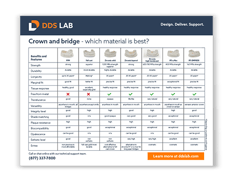

When to choose full cast crown and bridges
Full cast crowns are strong, durable, and have the potential to last for life. Gold crowns are particularly suitable for restoring posterior teeth away from the smile line and where space is often limited. These restorations are well-fitting, offer great biocompatibility, and the tissue response to metal alloys, especially gold, is extremely good, except in cases of alloy sensitivity.
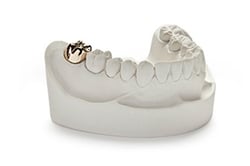
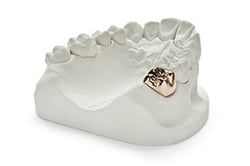
When to choose PFM crown and bridges
PFMs are often a cost-effective choice for restoring teeth, provide good esthetic results, and can last for up to thirty years. They offer good shade consistency, translucency, and opalescence and are suitable for use anywhere in the mouth. PFMs have high resistance to plaque and provide a nice marginal fit. The tissue response towards well-fitting PFMs is good.
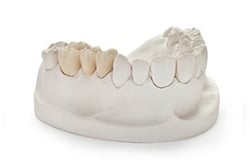
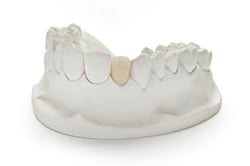
When to choose Captek Crowns
The high gold content of Captek crowns is very appealing and it is possible to make quite thin, yet strong, copings that are suitable for areas where space is limited. Captek crowns are highly biocompatible, promote an excellent tissue response, and offer a precise marginal fit. They can be used anywhere in the mouth, providing very good esthetics. Additionally, their resistance to plaque is very high.
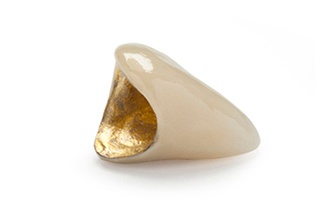
When to choose Solid Zirconia restorations
Solid zirconia restorations offer 1200MPa superior strength and could last thirty years or more. Their precision fit promotes a healthy tissue response and solid zirconia is highly biocompatible. Solid zirconia is particularly suitable for bruxers. The high opacity of these restorations does mean they are not particularly esthetic for anterior or cosmetic cases. All zirconia restorations have a high resistance to plaque.
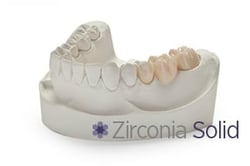
When to choose Layered Zirconia restorations
Layered zirconia restorations are strong and durable and offer the same precision marginal fit as solid zirconia. They can last for up to thirty years and their high biocompatibility promotes a healthy tissue response. Layered zirconia restorations provide patients with life-like translucency and can have very good esthetic results. They are suitable for use anywhere in the mouth and their strength makes them a great option for long-span bridges. When to Choose High Translucency Zirconia Restorations With 600-780MPa strength, high translucency zirconia also has the advantage of providing excellent esthetics. The material is highly biocompatible and offers a precise marginal fit. High translucency zirconia can be used anywhere in the mouth and these restorations are particularly suitable for cosmetic cases.
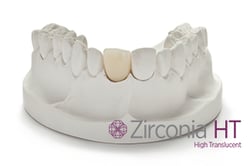
When to choose IPS e.max
At 400MPa, IPS e.max doesn’t have quite the strength of high translucency zirconia but does offer fantastic esthetic results and can be used anywhere in the mouth. It is also exceptional for veneers and will provide good translucency and high levels of opalescence. When properly bonded, IPS e.max can last as long as any other restoration.
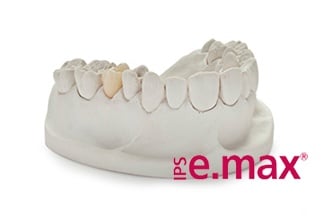
Please don’t hesitate to contact us if you would like more information. Our skilled technicians have in-depth knowledge about each of these materials and are always willing to discuss specific cases.
Click here to schedule a consultation ›
